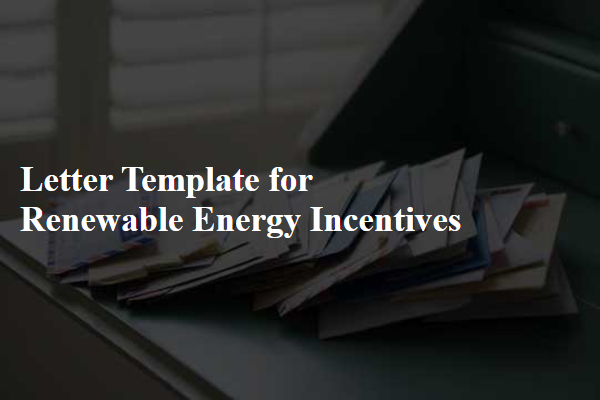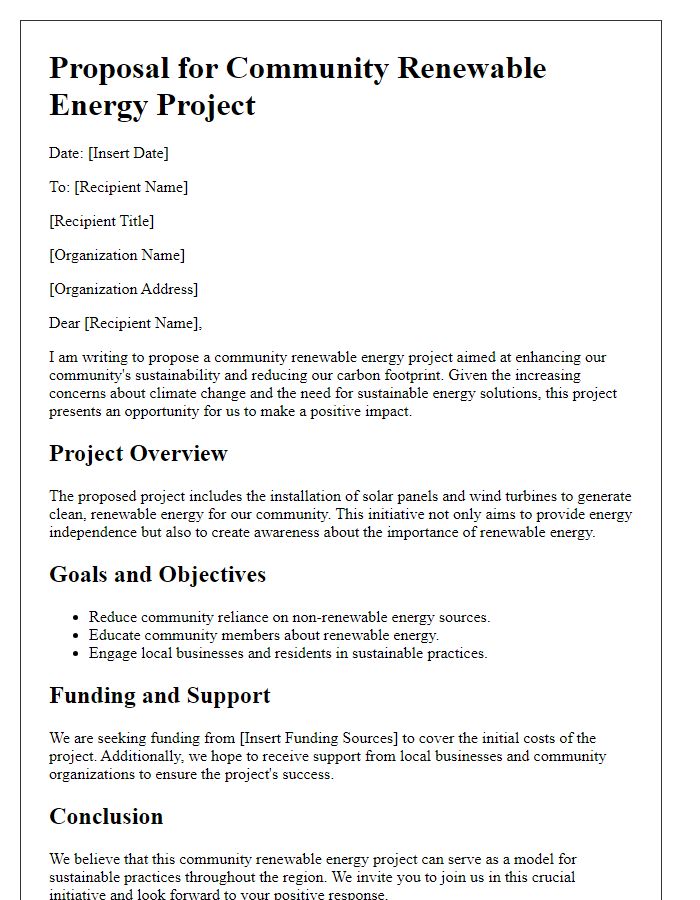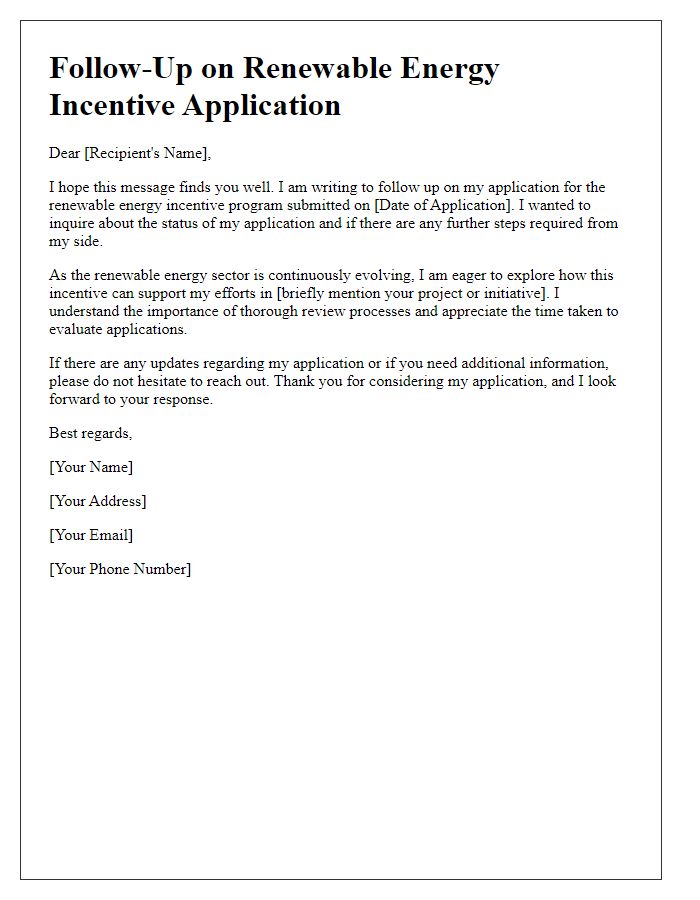Are you curious about how renewable energy incentives can benefit you and your community? With the rise of eco-friendly initiatives, now is the perfect time to explore the financial and environmental perks of switching to sustainable energy sources. From tax credits to grants, there are numerous opportunities available that make investing in renewable energy more accessible than ever. Join us as we dive deeper into this exciting topic and uncover how you can take advantage of these incentives!

Policy Alignment
Renewable energy incentives play a crucial role in promoting sustainable practices within the energy sector, particularly in regions like California and Germany, known for their ambitious climate goals. These incentives, including tax credits and rebates, aim to increase the adoption of technologies such as solar panels (Photovoltaic systems), wind turbines, and geothermal energy systems. Policy frameworks like the Green New Deal (proposed in the United States) and the European Union's Renewable Energy Directive (with a target of 32% renewable energy by 2030) demonstrate a strong commitment to reducing carbon emissions and fostering innovation in clean energy sectors. Additionally, initiatives like the Investment Tax Credit (ITC) and the Production Tax Credit (PTC) provide significant financial support that can reduce costs for homeowners and businesses alike, promoting a shift towards more resilient energy sources. Encouraging collaboration between public and private sectors can enhance these efforts, ensuring that policies align effectively with long-term environmental objectives.
Financial Benefits
Renewable energy incentives can significantly enhance financial savings for homeowners and businesses investing in sustainable energy solutions, such as solar panels or wind turbines. Federal programs, including the Investment Tax Credit (ITC), provide up to 26% tax credits for solar energy installations, encouraging widespread adoption. Additionally, various states offer rebates and grants, often exceeding $1,000, to alleviate upfront costs. Reduced energy bills contribute to long-term savings, with some households reporting a decrease of 50% in electricity expenses after transitioning to renewable resources. Moreover, net metering policies allow consumers to receive credits for excess energy produced, further enhancing economic benefits. Such incentives not only promote environmental sustainability but also foster local job creation in the renewable energy sector.
Environmental Impact
Environmental incentives for renewable energy initiatives can significantly reduce carbon footprints and promote sustainable practices. Governments are increasingly offering tax credits or rebates to homeowners and businesses investing in solar panels or wind turbines. For example, the Federal Investment Tax Credit (ITC) allows a 30% tax reduction for solar energy systems installed by 2032. Community initiatives, like the Solarize program, enable bulk purchasing of solar technology, reducing overall costs while promoting local job creation. States such as California provide additional incentives through the California Solar Initiative, aiming to achieve 20,000 megawatts of installed solar capacity by 2020. These programs demonstrate a commitment to addressing climate change while facilitating a transition towards cleaner energy sources.
Stakeholder Engagement
Stakeholder engagement in renewable energy initiatives is crucial for fostering collaboration among various entities, including government bodies, private companies, and local communities. Effective communication strategies, such as public forums or surveys, can facilitate feedback and gauge public support for projects, like solar farms or wind turbine installations. Engagement efforts can enhance awareness about incentives, such as tax credits or grants, which aim to encourage investment in clean energy technologies, thus promoting environmental sustainability and energy independence. Measuring stakeholder attitudes through engagement can optimize project success and help align initiatives with community values and economic goals.
Implementation Timeline
The implementation timeline for renewable energy incentives spans several critical phases designed to ensure effective deployment and integration into the energy sector. Initial assessment and planning (6 months) will involve analysis of potential renewable energy sources, such as solar, wind, and hydroelectric power, alongside stakeholder engagement from utility companies and local governments. Following this phase, a pilot program (12 months) will be conducted in selected regions, focusing on the installation of solar panels and wind turbines to evaluate technology performance and incentive effectiveness. After successful pilot evaluations, the full-scale rollout (24 months) will begin, with a commitment to install 1,000 megawatts of renewable capacity across various communities by 2025. Ongoing monitoring and evaluation (continuous) will be conducted to assess energy output, cost savings, and environmental impacts, ensuring the program's objectives are met and adaptations can be made as necessary. The timeline emphasizes a structured approach to promoting cleaner energy solutions, fostering sustainability, and reducing reliance on fossil fuels.
Letter Template For Renewable Energy Incentives Samples
Letter template of petition for increased funding for solar energy programs

Letter template of suggestion for local renewable energy financing options

Letter template of notification for participation in renewable energy workshops











Comments